Do Not Resuscitate /
Urban Exploration Photography
D.N.R

Structure
This site is huge but due to it being full of workers at the time I only captured parts of the area ....Sticking to the shadows !
There is a large part of this site still to added to the gallery....
Taken from Oldskool's Report from ukurbex.com.
China clay, or kaolin, was first discovered in Cornwall by William Cookworthy 260 years ago. A Quaker apothecary-cum-potter, Cookworthy found the clay deposits at Tregonning Hill near Helston in 1746.
It was of much finer quality than elsewhere in Europe and marked the beginning of the English white porcelain industry (previously local pottery had been made from rough earthenware and stoneware).
The first china clay company was established in 1782, and by the late 19th century, 100,000 tonnes were being excavated a year in Cornwall. Kaolin was now being used to whiten paper, and this soon became its primary use.
English China Clays was formed in 1919 when the three largest producers, West of England China Clay Co, Martyn Brothers and north Cornwall China Clays, merged. In 1932 ECC acquired its rivals John Lovering and HD Pochin. English China Clays was bought by Imetal of France in 1999 for £756m, and renamed Imerys.
Part of this process involves drying the clay in a Buell Drier.
The Buell dryer is a multiple hearth direct heated industrial dryer (commonly known as a turbo dryer) that has modified for drying china clay. Its design is very similar to the Herreshoff Kiln, which is a type of calciner. The Buell dryer was first developed by English Clays Lovering Pochin & Co. Ltd for their china clay processing plants in Cornwall. The first Buell was installed in the old cooperage in Nanpean, and was the first operating mechanical dryer in the Cornish china clay industry, having started in 1945.
The dryer itself is composed of a large upright cylindrical chamber, inside of which are 25 to 30 layers of trays or 'hearths'. Hot air and gasses are distributed throughout the dryer by a series of fans and ducts. At the centre of the dryer is a rotating column, to which the trays are attached and positioned radially within the dryer. Material enters the top of the dryer and lands on one of the top trays. As the central column rotates, fixed arms push the material off the tray, dropping it down onto the one below it. Gradually the material works its way down through the dryer in this manner, and exits the bottom of the dryer with the assistance of fans.
Material to be dried usually enters the top of the dryer with a moisture content of around 18%, and exits as a product of around 10 to 8%. Generally these figures all depend on the dewatering processes employed before the material reaches the dryer.
There were 10 dryers at the Par docks complex, this report covers dryers nos 9 & 10.
The location of the complex is ideal for direct loading onto ships at the adjacent docks complex, or by rail, from the nearby St.Blazey yard.
Cornwalls china clay industry has been hit very hard in recent times, and is a shadow of its former self.
Par Clay, Cornwall.
Information
